-
 Bitcoin
Bitcoin $110000
-1.96% -
 Ethereum
Ethereum $4290
-4.05% -
 Tether USDt
Tether USDt $1.000
0.01% -
 XRP
XRP $2.806
-1.93% -
 BNB
BNB $844.4
-1.88% -
 Solana
Solana $203.5
-3.22% -
 USDC
USDC $0.9999
0.01% -
 Dogecoin
Dogecoin $0.2119
-3.44% -
 TRON
TRON $0.3347
-1.84% -
 Cardano
Cardano $0.8071
-3.99% -
 Chainlink
Chainlink $22.39
-5.73% -
 Hyperliquid
Hyperliquid $45.07
-2.08% -
 Ethena USDe
Ethena USDe $1.001
0.01% -
 Bitcoin Cash
Bitcoin Cash $585.2
-1.91% -
 Sui
Sui $3.250
-3.97% -
 Stellar
Stellar $0.3530
-3.10% -
 Avalanche
Avalanche $24.40
-3.60% -
 Hedera
Hedera $0.2118
-4.15% -
 Cronos
Cronos $0.2643
-4.99% -
 UNUS SED LEO
UNUS SED LEO $9.514
0.10% -
 Litecoin
Litecoin $109.9
-2.51% -
 Toncoin
Toncoin $3.095
-2.26% -
 Shiba Inu
Shiba Inu $0.00001206
-3.89% -
 Polkadot
Polkadot $3.751
-3.35% -
 Uniswap
Uniswap $9.214
-5.03% -
 Dai
Dai $0.9999
-0.01% -
 Monero
Monero $268.5
-0.59% -
 Aave
Aave $308.8
-5.24% -
 Bitget Token
Bitget Token $4.810
-3.43% -
 World Liberty Financial
World Liberty Financial $0.1765
-19.97%
How to transfer from Trust Wallet to MetaMask
Transferring assets from Trust Wallet to MetaMask requires correct network selection, address verification, and sufficient gas fees to avoid fund loss.
Sep 04, 2025 at 11:18 pm
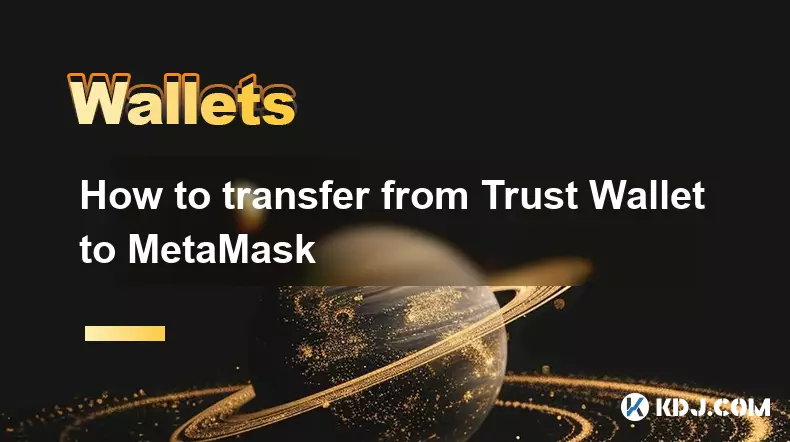
Understanding Wallet Connectivity in the Crypto Space
1. Trust Wallet and MetaMask are two of the most widely used cryptocurrency wallets, each offering unique features for managing digital assets. Trust Wallet, owned by Binance, supports a broad range of tokens and integrates seamlessly with the Binance ecosystem. MetaMask, on the other hand, is primarily designed for Ethereum and Ethereum-compatible blockchains, making it a favorite among decentralized application (dApp) users.
2. Both wallets operate as non-custodial solutions, meaning users retain full control over their private keys. This independence is essential when transferring assets between wallets, as no third party intervenes in the transaction process. To initiate a transfer, users must ensure they are interacting directly with their own wallet addresses and not exposing sensitive information.
3. The foundation of any successful transfer lies in network compatibility. Sending a token via the wrong blockchain network can result in permanent loss of funds. For example, transferring a BEP-20 USDT token using an Ethereum network setting will fail. Confirming the correct network—whether it’s Binance Smart Chain, Ethereum, Polygon, or another—is a non-negotiable step.
4. Before initiating a transfer, users should verify the receiving address in MetaMask. This includes checking the format and ensuring the address starts with “0x” for Ethereum-based networks. A single incorrect character can lead to irreversible fund loss. It is advisable to send a small test transaction first to confirm functionality.
5. Gas fees are another critical consideration. These fees, paid in the native token of the respective blockchain (e.g., BNB for BSC, ETH for Ethereum), are required to process the transaction. Insufficient gas can result in failed or pending transactions. Users must ensure they have enough of the native token in their Trust Wallet to cover these costs.
Step-by-Step Process to Transfer from Trust Wallet to MetaMask
1. Open Trust Wallet and locate the token you wish to transfer. Tap on the asset and select the “Send” option. This will prompt you to enter the recipient’s address.
2. Open MetaMask and navigate to the desired account. Tap on the “Account” icon and select “Copy Address to Clipboard.” Return to Trust Wallet and paste this address into the recipient field. Double-check every character to avoid errors.
3. Choose the correct network associated with the token. If you're sending a BSC-based token, ensure Trust Wallet is set to the Binance Smart Chain network. This can be verified in the network selection dropdown before confirming the transaction.
4. Enter the amount you wish to send. The interface will display the estimated network fee. Review the total cost, including the amount and gas fee, to ensure accuracy.
5. Confirm the transaction using your wallet’s authentication method, such as fingerprint, PIN, or password. Once confirmed, the transaction will be broadcast to the blockchain. You can track its progress using a blockchain explorer by searching the transaction hash.
Security Measures During Cross-Wallet Transfers
1. Always ensure you are using the official applications from trusted sources like the Apple App Store or Google Play Store. Fake or modified versions of wallet apps can compromise private keys and lead to theft.
2. Never share your seed phrase or private key with anyone, including customer support representatives or friends. Legitimate wallet providers will never ask for this information.
3. Enable two-factor authentication if available within the app environment. While most mobile wallets rely on device-level security, additional layers help protect against unauthorized access.
4. Verify the network and token standard before confirming any transaction. Sending ERC-20 tokens to a BEP-20 address or vice versa will result in loss of funds.
5. Use a reputable blockchain explorer to verify the transaction after it has been initiated. This provides transparency and allows you to confirm that the funds are moving as expected.
Frequently Asked Questions
Can I transfer NFTs from Trust Wallet to MetaMask?
Yes, NFTs can be transferred between Trust Wallet and MetaMask as long as both wallets are connected to the same blockchain network. Copy the MetaMask wallet address and paste it into the send field in Trust Wallet. Ensure the NFT’s network (e.g., Ethereum, BSC) matches on both ends before confirming.
Why is my transaction stuck after sending from Trust Wallet?
A stuck transaction usually occurs due to low gas fees or network congestion. Check the transaction status using a blockchain explorer. If the transaction is pending, you may need to wait or use a wallet feature that allows replacing the transaction with a higher gas fee.
Do I need to pay a fee in MetaMask to receive tokens?
No, MetaMask does not charge a fee to receive tokens. However, the sender must pay a network gas fee in the native token of the blockchain being used. As the recipient, you only need to ensure your wallet supports the token and network.
Is it safe to use QR codes when transferring between wallets?
Yes, scanning QR codes is a secure method for entering wallet addresses, as it reduces the risk of manual input errors. Ensure the QR code is displayed on a trusted device and not intercepted or replaced by malicious software.
Disclaimer:info@kdj.com
The information provided is not trading advice. kdj.com does not assume any responsibility for any investments made based on the information provided in this article. Cryptocurrencies are highly volatile and it is highly recommended that you invest with caution after thorough research!
If you believe that the content used on this website infringes your copyright, please contact us immediately (info@kdj.com) and we will delete it promptly.
- DeFi's Wild West: Token Governance and Market Manipulation Under Scrutiny
- 2025-09-05 04:45:14
- Binance, Bitcoin, and Stablecoins: Navigating the Crypto Crossroads in NYC
- 2025-09-05 05:05:16
- MAGACOIN: The Retail Favorite Crypto Presale Taking 2025 by Storm
- 2025-09-05 04:25:13
- BlockDAG Leads Cryptocurrency Funding Trends: A New Era?
- 2025-09-05 05:05:16
- Arctic Pablo Coin, Pudgy Penguins, Mog Coin, and Avalanche: Navigating the Meme Coin Mania in NYC
- 2025-09-05 02:45:17
- Bitcoin Buying Spree: Whales, Unlocks, and Market Impact - What's Next?
- 2025-09-05 02:25:15
Related knowledge
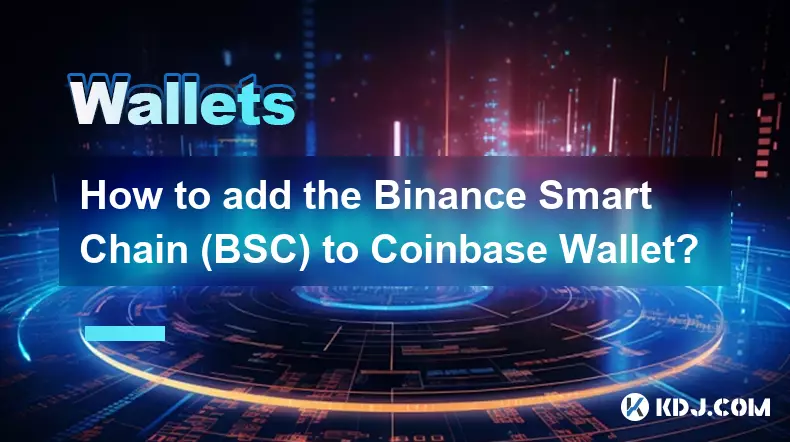
How to add the Binance Smart Chain (BSC) to Coinbase Wallet?
Sep 05,2025 at 05:00am
Understanding Binance Smart Chain and Coinbase Wallet Compatibility1. Binance Smart Chain (BSC) is a blockchain platform that enables developers to bu...
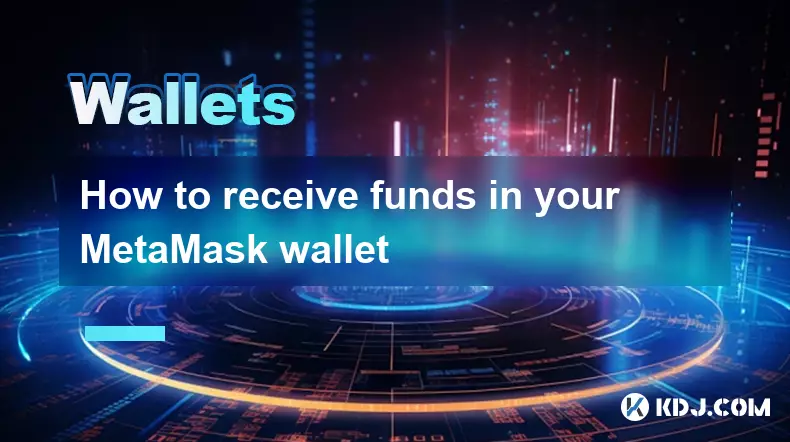
How to receive funds in your MetaMask wallet
Sep 05,2025 at 02:36am
Understanding the Basics of Receiving Funds in MetaMask1. Open your MetaMask wallet extension or mobile application to begin the process of receiving ...
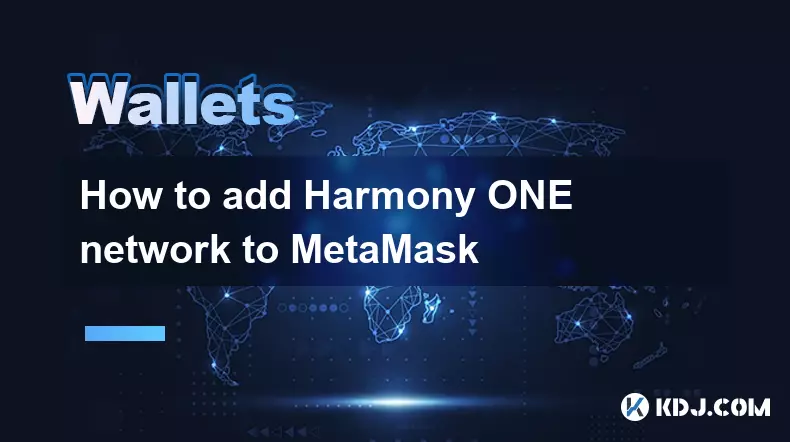
How to add Harmony ONE network to MetaMask
Sep 05,2025 at 12:18am
Adding Harmony ONE Network to MetaMask: A Step-by-Step Guide1. Open your MetaMask wallet extension in your browser. Ensure you are logged in and on th...

How to add Fantom Opera network to MetaMask
Sep 05,2025 at 02:01am
Understanding the Fantom Opera Network1. Fantom Opera is a high-performance, scalable, and secure blockchain platform designed to support decentralize...
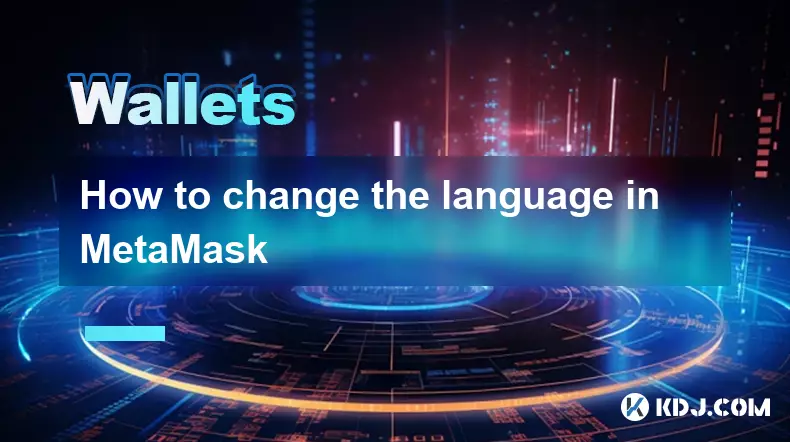
How to change the language in MetaMask
Sep 05,2025 at 05:36am
Changing Language Settings in MetaMask1. Open the MetaMask extension in your web browser. Click on the fox icon located in the top-right corner of the...
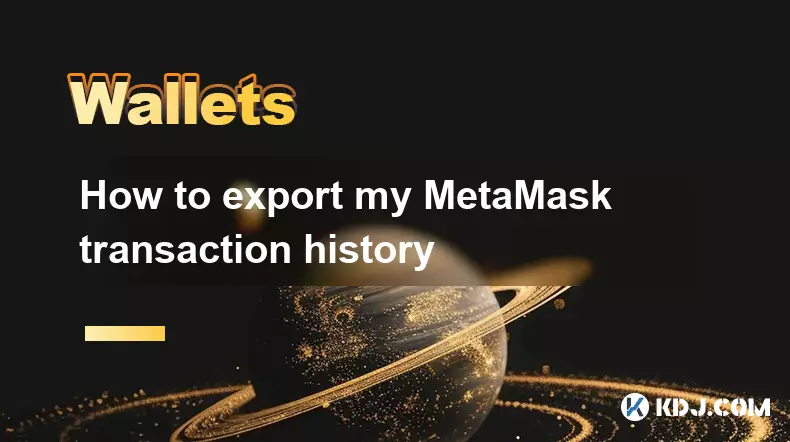
How to export my MetaMask transaction history
Sep 05,2025 at 03:36am
Exporting MetaMask Transaction History: A Step-by-Step Guide1. Open your MetaMask wallet by clicking on the extension in your browser. Ensure you are ...

How to add the Binance Smart Chain (BSC) to Coinbase Wallet?
Sep 05,2025 at 05:00am
Understanding Binance Smart Chain and Coinbase Wallet Compatibility1. Binance Smart Chain (BSC) is a blockchain platform that enables developers to bu...

How to receive funds in your MetaMask wallet
Sep 05,2025 at 02:36am
Understanding the Basics of Receiving Funds in MetaMask1. Open your MetaMask wallet extension or mobile application to begin the process of receiving ...

How to add Harmony ONE network to MetaMask
Sep 05,2025 at 12:18am
Adding Harmony ONE Network to MetaMask: A Step-by-Step Guide1. Open your MetaMask wallet extension in your browser. Ensure you are logged in and on th...

How to add Fantom Opera network to MetaMask
Sep 05,2025 at 02:01am
Understanding the Fantom Opera Network1. Fantom Opera is a high-performance, scalable, and secure blockchain platform designed to support decentralize...

How to change the language in MetaMask
Sep 05,2025 at 05:36am
Changing Language Settings in MetaMask1. Open the MetaMask extension in your web browser. Click on the fox icon located in the top-right corner of the...

How to export my MetaMask transaction history
Sep 05,2025 at 03:36am
Exporting MetaMask Transaction History: A Step-by-Step Guide1. Open your MetaMask wallet by clicking on the extension in your browser. Ensure you are ...
See all articles

























































































